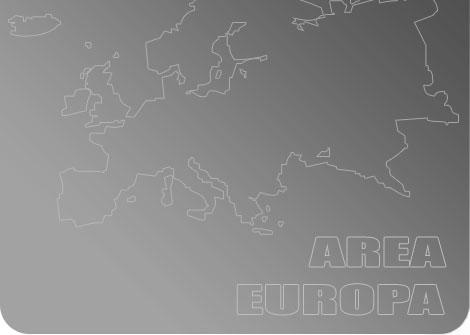INNOVA’s strength lies in having created a network of excellence of integrated competences (human resources and instrumentation) in the field of applied research in Cultural and Environmental Heritage, in the high level of innovation of its output and in the integrated systems offered that, with regards to the wide range of applications of the products and services supplied, are hardly rivalled domestically or internationally.
INNOVA’s services are a benchmark for all Cultural and Environmental Heritage sector operators, including those that presently manage technology developed by third parties.
The Competence Centre performs assistance work for the development of technological innovations, guaranteeing a direct link to the economic fabric and in particular to SMEs and external organizations interested in integrating the results of the research developed, in maximising the use of the products of the research carried out and in the transfer of new target or cross-sectional technologies.
INNOVA backs enterprises interested in the field of research and technological transfer, identifying possible cross-sectional applications of its integrated services.
INNOVA puts together, integrates and strengthens groups made from more than 320 researchers in all the technico-scientific fields involved in the development and transfer of innovations in Cultural and Environmental Heritage.
The beneficiaries of INNOVA’s activities are: Local Bodies, Supervisory Bodies, Museums, Regional and National Parks, Enterprises involved in the field of research and technological transfer in Cultural and Environmental Heritage.
ANCE – AFM Edilizia; University of Florence; INGV; SITARC; University of Rome La Sapienza; University of Siena; University of Palermo; University of Trento; University of Pisa; University of Calabria; Universidad del Pais Vasco Spain; Gesarke Spain; GEA ARQUEÓLOGOS Spain; ÁREA S.COOP. MAD Spain; ONDARE BABESA SL Spain; Mondadori Electa S.p.A.; PSAE Supervisory Body of Calabria; Municipality Monte Procida; Municipality of Cave; University of Perugia; Regional Administration for Cultural and Environmental Heritage of Basilicata; SUDGEST; INFN; SiReNA; CNA; Supervisory Body for Archeological Heritage of Salerno, Avellino, Benevento; Geokarst Eng.; Municipality of San Giorgio a Cremano; Municipality of Modena; Monti Picentini Mountain Community; IRIDE; Cilento Vallo di Diano National Park; Regional Administration for Cultural and Environmental Heritage of Campania; Compagnia di San Paolo Art Foundation; Bagnolifutura S.p.A; ICVB.

